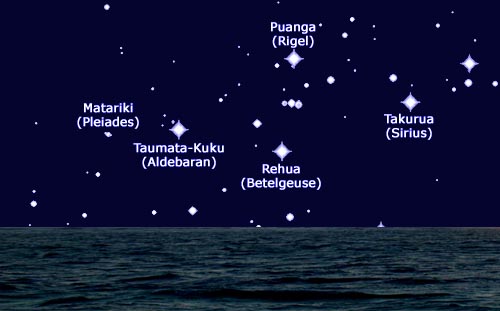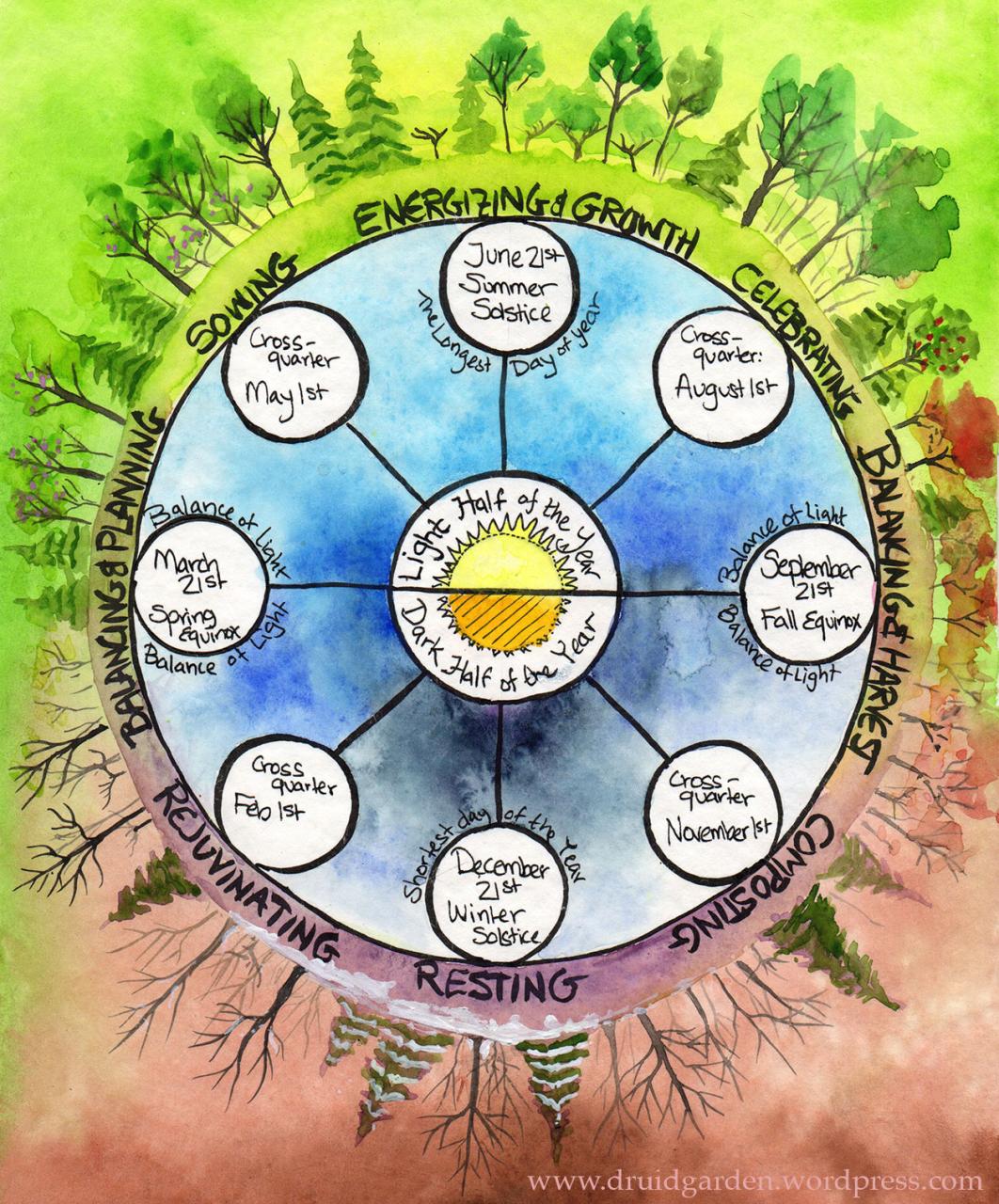
Matariki is celebrated in New Zealand as the Maori New Year, falling close to the shortest day of the year and the setting in of the cold, wet days of winter. In urbanised New Zealand, the opportunity for a mid-winter party to brighten short days, long work hours and (recently) worries about the economy, is tempting.
Rituals and Meaning
But while Matariki is often associated with music and feasting, the “party” is not the real message. In many ways, the festival relates more to the North American concept of Thanksgiving, traditionally celebrated in autumn (in October or November) to mark the harvest and the bounty of the earth.
Matariki may be the best time of year to reconnect with the Earth’s messages to respect the seasons, and to be grateful for the gifts of earth, sea and forest.
Seasonal Festivals and Learning
According to Julia Batten in Celebrating the Southern Seasons (North Shore: Tandem 1995), when Maori arrived in temperate New Zealand from warmer Polynesian islands, growing food needed to be done differently. Matariki celebrations arose in part out of the need to plant crops such as kumara, taro and gourd in a seasonal cycle rather than all year around.
With this, seasons and winter suddenly had more meaning. The anecdote has parallels with the experience of the European “pilgrims” who arrived in North America with much to learn in order to feed themselves (although the settlers were able to rely on the wisdom of indigenous North Americans).
Learning from the natural world, then, is a key message of Matariki. New Zealand poet Sam Hunt in the title poem of his book Doubtless (Nelson: Craig Potton Publishing, 2008) wonders at “how the mountains without trying to/ touch the sky.” His words evoke other poets who admire flora and fauna, mountains and sea because, unlike humans, nature seems to know its purpose.
Matariki and Thanksgiving in Hawai’i
Among the many proverbs that capture aspects of Matariki, one is “Matariki hunga nui” (“Matariki has many admirers.”) The timing of the Matariki festival is linked to the reappearance in the sky of the Pleiades star cluster, an event so important that in New Zealand, vigils were traditionally kept to mark the first sighting each year.
According to the Maori Language Commission, the rising of the Pleiades was also of great significance elsewhere, “a major indicator of seasonal changes throughout the ancient world”.
In Hawai’i, the stars are known as Makali’l and appear closer to the time of the North American Thanksgiving celebrations in October or November. The event heralds the major festival Makahiki, in honour of agriculture and rain.




